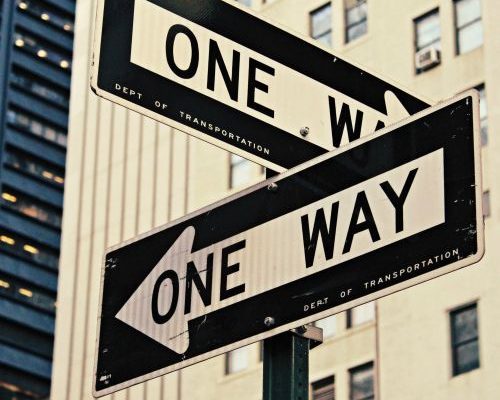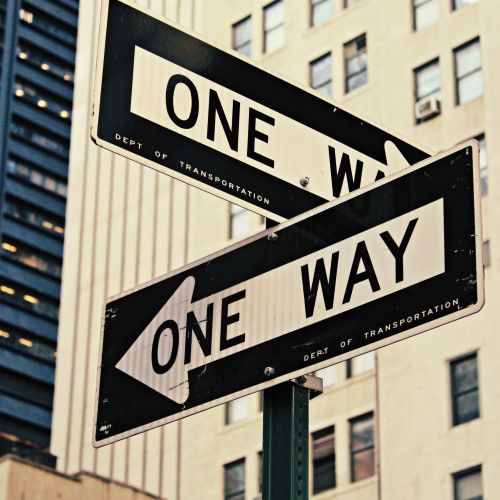A conversation between Rashed Ahmad and Todd Kyle that offers two perspectives on inclusivity as it relates to the library world.

Safe spaces: The cultural appropriation debate
The Safe spaces column is an attempt to explore today’s persistent socio-cultural debates in light of the alleged values of the librarian profession: intellectual freedom, equity, inclusiveness, diversity, evidence. The first topic Safe spaces attempts to parse is the current debate over cultural appropriation.
The controversy of Write magazine
In early 2017, Hal Niedzviecki wrote a column in Write magazine arguing that what is called cultural appropriation is an important creative process, in fact arguing in favour of greater diversity in writing by asking writers to learn to express voices other than their own. A librarian would understand this viewpoint as an important one in the ongoing debate on how to best empower marginalized communities, and how to encourage reconciliation with Indigenous peoples.
A librarian might agree or disagree with his assertion—and likely understand how his tongue-in-cheek suggestion to create a “cultural appropriation prize” was taken as an affront by many. We would understand a great negative reaction to his writing. But it should appall any of us that Niedzviecki was asked to step down from his position as editor as a result, and by the Writers’ Union of Canada no less.
Two works of art, two distinct responses
What should also appall us is the fate of two recent examples of art that have been accused of cultural appropriation, where the works themselves are highly sympathetic to the cultures in question. The first is the painting “Open Casket” by Dana Schutz, which depicts the mutilated body of Emmett Till, a Black teenager lynched by two white men in 1955. Critics, including one whose protest consisted of standing in front of the painting with “Black Death Spectacle” on his t-shirt, say that the pain of Till’s death is not one that a white person can own. Is that true? A librarian does not make that distinction. The art can be judged on its own value, and the reaction of African-Americans needs to be heard, but it should not be taken from view unless it objectively expresses hate. The Whitney Museum resisted the call to remove it from its Biennial.
The other is the sculpture “Scaffold” by Sam Durant, installed last year in the sculpture garden at the Minneapolis Art Centre. A life-sized composite of the gallows used in several historical US-sanctioned hangings, including the 1862 execution of 38 Dakota tribesmen, the piece explores the racial dimension of this type of injustice. And yet, the Indigenous Dakota nation demanded its removal, on the grounds that it was their trauma and no one else’s. The artist and the museum director agreed to remove it and sign over the rights to the Dakota, who plan to dismantle and ceremonially burn it.
This is a difficult case, and one in which librarians should resist the urge to react in horror to this analogy of book-burning. What should we think? First, that the work was provocative, educational, and multi-faceted. Second, that it is important to seek to understand the trauma of Indigenous peoples and the ceremonial practices that cleanse it. Third, that this particular exhibition—a permanent installation in an outdoor public park as opposed to Schutz’ temporary indoor showing—has a very strong responsibility to its broader community. But library values should be agnostic to whose values are paramount, and the overwhelming impulse should be to preserve a work of art, to reconcile its objectors to the fact of its existence.
Put the outrage aside
Does cultural appropriation exist? For better or for worse, yes. A librarian would accept that any creator might create works that draw on a culture, a gender, a social class of which they are not a part, and that in some cases these works might be all the more clumsy, inauthentic, and distorted for it. But that is a matter for the work itself, not a judgment of its creator’s right to say it. One of the first charges of cultural appropriation I recall was in the realm of children’s books, where an author was criticized for not belonging to the culture they explored, while another author, who took her spouse’s surname and so appeared to be part of his culture, was not criticized for the same effective offense.
In both cases, the works were exquisitely researched; the librarian in me was impressed. In the end, our values lead us to judge such works by their own merit, and caution us against making knee-jerk reactions based on our assumptions. When you know how powerful information really is, you tend to take your time in judging it.
Written by Todd Kyle
Feature and slider photo credit: Brendan Church on UnSplash
______________________________________________________________________
Todd Kyle, CEO, Newmarket Public Library, is a former OLA president (2016) and an active member of the OLA community.
